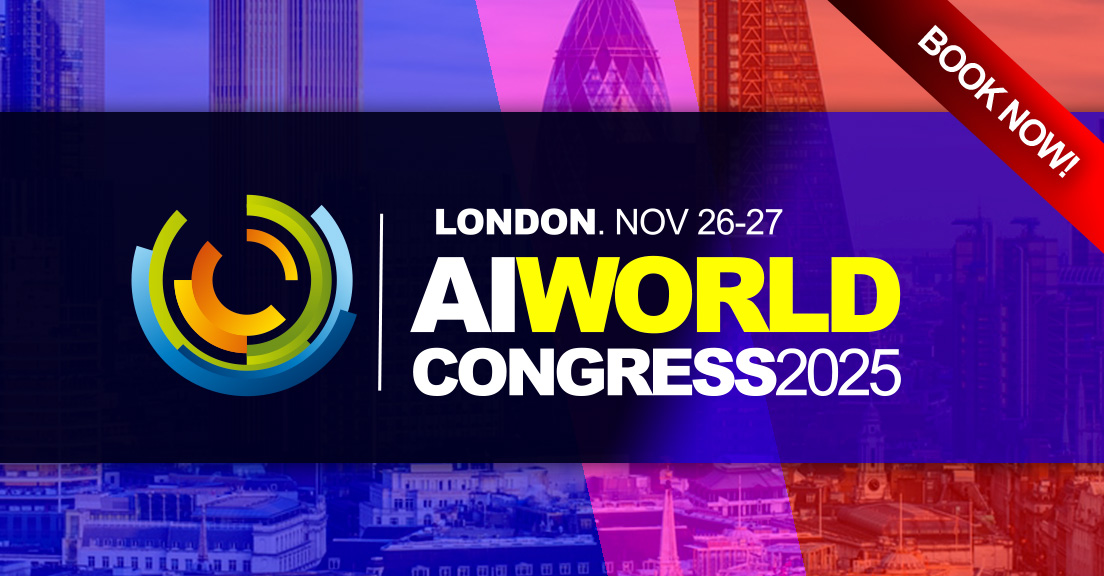

The global nanotechnology market is rapidly evolving, offering numerous opportunities for innovation across various industries. Between 2025 and 2030, significant growth is expected in key regions such as the UK, Europe, the USA, Asia, and the UAE. This article reviews the latest market size reports, analyzes trends, and provides regional insights into the factors driving growth and segmentation within the nanotech industry.
Nanotechnology Market Trends in the UK
In the UK, the nanotechnology market is projected to witness steady growth, with advancements in healthcare, electronics, and energy sectors serving as major drivers. According to a report by MarketsandMarkets, the nanotechnology market in the UK is expected to achieve a compound annual growth rate (CAGR) of 11.5% between 2025 and 2030 (source).
Healthcare applications dominate the UK nanotechnology sector. The use of nanotechnology in drug delivery systems and cancer treatments is particularly notable. For instance, nanoparticles are being employed to improve the efficiency and precision of chemotherapy, thereby reducing side effects. In addition, significant investments in R&D by the UK government and private firms are contributing to this growth.
The energy sector in the UK is also leveraging nanotechnology, particularly in developing sustainable and efficient energy storage systems. Nanostructured materials are being used in batteries and fuel cells, enhancing their capacity and lifespan. Meanwhile, the electronics industry benefits from nanotech applications in manufacturing advanced semiconductors and flexible electronic components.
European Nanotechnology Market: Regional Insights
Europe remains a stronghold for nanotechnology, with countries like Germany, France, and Switzerland leading the way. According to a report by Grand View Research, the European nanotech market is forecasted to reach $100 billion by 2030, growing at a CAGR of 12% during the period (source).
One of the driving factors in Europe is the region’s commitment to sustainability and environmental innovation. Nanotechnology plays a critical role in water purification, waste management, and renewable energy projects. For example, nanoscale filters are being employed to remove contaminants from water, ensuring access to clean and safe drinking water.
Additionally, Europe’s robust automotive sector is capitalizing on nanotech advancements. The development of lightweight nanocomposites is revolutionizing vehicle manufacturing by improving fuel efficiency and reducing emissions. Furthermore, the European Union’s Horizon Europe program is channeling substantial funding into nanotech R&D, fostering cross-border collaborations.
The healthcare sector in Europe is another key area of growth. From diagnostics to therapeutics, nanotechnology is being utilized to create personalized medicine solutions and advanced imaging technologies, bolstering the region’s position as a leader in medical innovation.
Nanotechnology Market Trends in the USA
The United States continues to dominate the global nanotechnology market, with a focus on innovation and commercialization. Reports from Allied Market Research predict the U.S. nanotech market to exceed $200 billion by 2030, growing at a CAGR of 13.4% between 2025 and 2030 (source).
A key driver in the U.S. market is the strong presence of established nanotechnology firms and startups. Companies are actively investing in nanomaterials for applications in healthcare, electronics, and defense. For instance, carbon nanotubes are being integrated into aerospace technologies to enhance structural integrity while reducing weight.
In healthcare, the U.S. leads in the development of nanotechnology-based diagnostic tools and drug delivery systems. The application of quantum dots for early disease detection is a notable advancement. Additionally, nanotechnology is contributing to breakthroughs in regenerative medicine, such as the creation of nanostructured scaffolds for tissue engineering.
Another major sector driving growth is electronics. With increasing demand for smaller, faster, and more efficient devices, nanotechnology is enabling the production of next-generation semiconductors and sensors. Government funding through initiatives like the National Nanotechnology Initiative (NNI) further strengthens the U.S.’s position as a global leader.
Nanotechnology Growth in Asia: A Focus on Emerging Markets
Asia is emerging as a key player in the global nanotechnology landscape, driven by rapid industrialization and a strong focus on innovation. According to Research and Markets, the Asian nanotechnology market is anticipated to grow at a CAGR of 15% from 2025 to 2030, with countries like China, Japan, and India at the forefront (source).
China’s dominance in nanotechnology stems from its significant investments in R&D and large-scale industrial applications. The country is leveraging nanotechnology in diverse sectors, including construction, electronics, and pharmaceuticals. For example, nanomaterials are being used to create more durable construction materials and improve the performance of solar cells.
Japan’s focus on precision manufacturing is evident in its application of nanotechnology in electronics and robotics. The development of nanosensors and nanoelectronics has positioned Japan as a leader in advanced technology solutions. Additionally, Japan’s aging population is driving demand for nanotechnology in healthcare, particularly in diagnostics and therapeutic solutions.
India’s growing nanotechnology sector is underpinned by government initiatives such as the Nano Mission, which aims to promote research and innovation. Indian companies are exploring nanotech applications in agriculture, such as nanofertilizers and nanopesticides, which enhance productivity while minimizing environmental impact.
Nanotechnology Market in the UAE: Opportunities and Challenges
The UAE is positioning itself as a hub for nanotechnology innovation in the Middle East. According to a report by Mordor Intelligence, the UAE nanotechnology market is expected to grow at a CAGR of 10.8% during 2025-2030 (source).
The UAE’s focus on sustainability and smart city initiatives is driving the adoption of nanotechnology. For instance, nanoscale coatings and materials are being used in construction to improve energy efficiency and durability. The development of smart sensors and IoT-enabled devices also highlights the integration of nanotech in creating advanced urban infrastructure.
Healthcare is another prominent sector for nanotechnology in the UAE. The country is investing in nanomedicine for early disease detection and targeted therapies. Collaborative efforts with international research institutions are further bolstering the UAE’s capabilities in this domain.
However, the UAE faces challenges such as a limited domestic nanotechnology workforce and reliance on imports for advanced materials. Addressing these challenges through education and partnerships is crucial for sustaining growth in the sector.
Global Outlook and Conclusion
The nanotechnology market from 2025 to 2030 is set to experience transformative growth across the UK, Europe, the USA, Asia, and the UAE. While each region has unique drivers and challenges, the overarching trend is the increasing integration of nanotechnology into critical industries such as healthcare, energy, and electronics. By fostering innovation and collaboration, these regions are paving the way for groundbreaking advancements in nanotechnology.
Bibliography
- Allied Market Research. (2023). Nanotechnology Market Size and Forecast. Available at: https://www.alliedmarketresearch.com
- Grand View Research. (2023). Europe Nanotechnology Market Insights. Available at: https://www.grandviewresearch.com
- MarketsandMarkets. (2023). UK Nanotechnology Market Analysis. Available at: https://www.marketsandmarkets.com
- Mordor Intelligence. (2023). UAE Nanotechnology Market Growth. Available at: https://www.mordorintelligence.com
- Research and Markets. (2023). Asian Nanotechnology Market Trends. Available at: https://www.researchandmarkets.com























